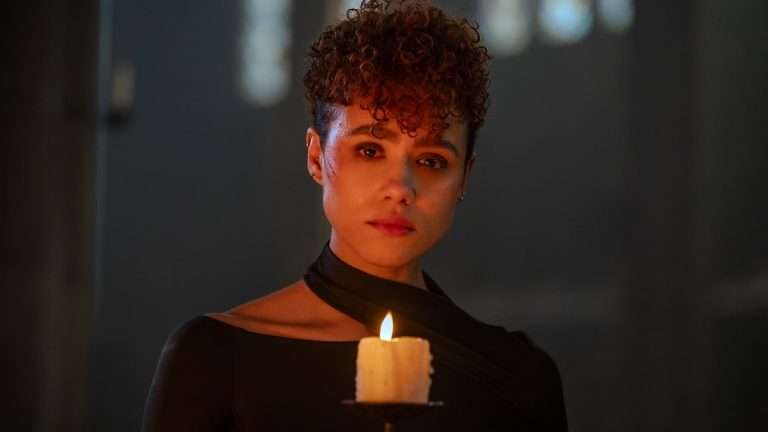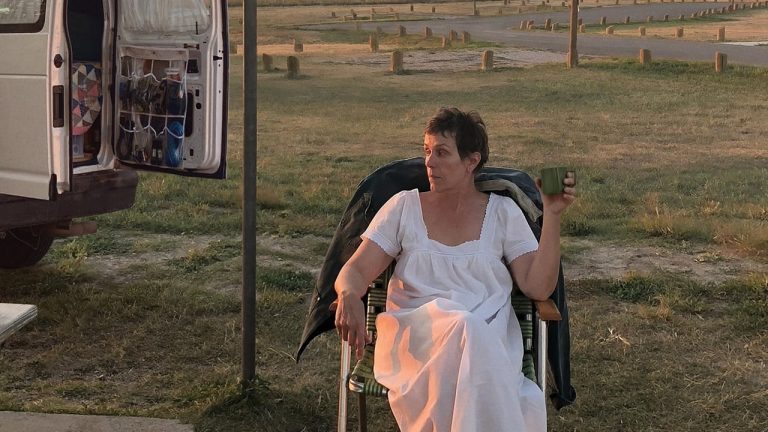The Conversation is a 1974 psychological thriller directed by Francis Ford Coppola and stars Gene Hackman as Harry Caul, a surveillance expert who becomes increasingly paranoid after recording a conversation between a couple. As Harry listens to the recording over and over, he becomes convinced that the couple’s conversation contains a hidden meaning and that he may have inadvertently put their lives in danger. As Harry’s paranoia grows, his personal and professional life begins to unravel, leading him to take extreme actions with tragic consequences.
The film is a masterful exploration of paranoia, guilt, and the impact of surveillance on our lives. The opening shot, a slow zoom into a crowded San Francisco square, is accompanied by an eerie, discordant score that immediately puts the viewer on edge. The effect is disorienting, making the viewer feel as though they are experiencing the world through Harry’s increasingly fragmented and paranoid perspective.
It is a slow-burn thriller that is both unsettling and thought-provoking, with a haunting score and excellent performances from the entire cast, especially Hackman. What makes a movie timeless is its ability to transcend the changing cultural and political paradigms. Even though the underlying concept might remain the same, the landscapes confront each generation differently. And that is why the themes explored in The Conversation are still relevant today. The pervasive use of technology and data collection constantly raises questions about privacy and the impact of surveillance on our personal lives.
Recommended: 40 Years of Francis Ford Coppola’s Apocalypse Now
The Watergate scandal of the ‘70s, which was the inspiration behind the movie (although Coppola still maintains that wasn’t the case), became scandalous fodder for the press. It aroused dread among the political opponents, possibly for the first time, about the idea of someone listening in on their private board meetings. Richard Nixon’s administration became embroiled in the controversy, making him the first POTUS to be forced to resign from office voluntarily. This essay critically examines the movie in light of its visual language and how Coppola uses subtle yet impactful imagery to weaponize Caul’s growing and consuming paranoia. We will go over various visual aids that Coppola used to establish his central themes.
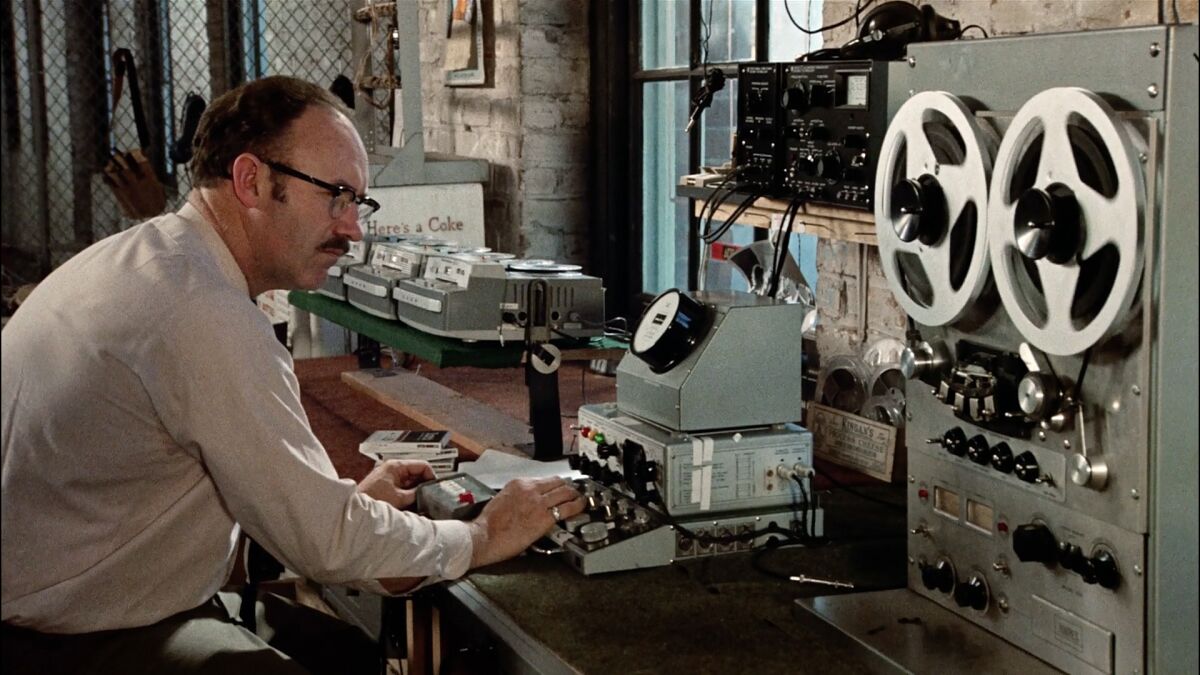
The Raincoat – professional hazard or a desperate attempt to hold on to control?
The raincoat worn by Harry Caul in The Conversation serves as a symbolic representation of his desire for privacy and secrecy. Harry is shown wearing his raincoat throughout the film, even when it is not raining. But what does it represent? This is likely because the raincoat allows him to blend into the background and remain unnoticed, much like his profession as a surveillance expert. Martin Kaiser, a renowned surveillance equipment expert consulted for the movie, was seen by Coppola doing something similar. Although the exact piece of clothing is never confirmed as a raincoat, it is something that has similar connotations.
The raincoat also acts as a shield, protecting Harry from the outside world and allowing him to maintain a sense of control. It’s important to note that he only takes off his raincoat when he is in the privacy of his own home, highlighting his need for a physical and psychological barrier between himself and others. Additionally, the raincoat can be seen as a physical manifestation of Harry’s guilt and paranoia.
He wears it to shield himself from the consequences of his actions and hide from the world. Some more deliberation on the former cause also allows new perspectives to see Caul as an anti-hero. The raincoat also becomes a recurring visual motif throughout the film, appearing in several key scenes, including the film’s final shot, in which Harry is seen standing alone in a deserted park, draped in his raincoat.
The raincoat Harry Caul wears in The Conversation represents his desire for privacy and control, as well as his guilt and paranoia. Its use as a recurring visual motif emphasizes the film’s themes of surveillance, privacy, and the human desire for secrecy. That beckons the question: is it a protective shield against the outside world or Caul’s last-gasp attempt to retain control?
The Conversation’s Visual Language Aids its Storytelling
The visual language of The Conversation is a key element of its storytelling, helping to establish the film’s tone and mood and its themes of paranoia and surveillance. The film’s use of cinematography, editing, and mise-en-scene work together to create a sense of disorientation and unease, placing the viewer inside the mind of the film’s protagonist, Harry Caul.
Coppola and Bill Butler, the film’s cinematographer, frequently use close-ups and medium shots to capture the subtle nuances of the character’s expressions and body language. The Godfather benefited greatly due to Pacino’s compelling and intimidating close-ups as opposed to the expansive wide shots. Apocalypse Now wouldn’t be the same if Coppola hadn’t filmed Marlon Brando as the notorious mercenary with tight close-ups on his face. This creates a sense of intimacy with the characters, allowing the audience to feel as if they are inside their heads, experiencing their emotions and motivations first-hand.
A muted color palette characterizes the film’s cinematography. As mentioned above, the positioning of the camera is often at a distance from the characters, emphasizing their isolation and detachment from the world around them. This creates a sense of voyeurism, highlighting the film’s themes of surveillance and privacy.
A Voyeuristic Culmination of Sound, Light, and Sight
Other aspects of The Conversation (1974) are truly technical marvels. Its potential could have never truly been fully realized without accompanying editing and soundscape. The film’s editing is purposely characterized by the use of jump cuts, creating a sense of disorientation and confusion. For instance, the opening scene, in which Harry is conducting surveillance in a crowded square, is forged using this technique. The jump cuts and overlapping sound create a sense of chaos and disorientation, placing the viewer inside Harry’s world and emphasizing his detachment from the world around him.
Very few films can exploit its soundscapes without jarring the viewer physically. Peter Strickland’s Berberian Sound Studio (2012) is one of the most emphatic examples that spring to memory. Its soundscape extracted the primal instincts attached to the film’s central themes, much like The Conversation also does. Although the tenor of the sound design is entirely different, Coppola uses a complex and layered sound design to convey the fragmented and disorienting nature of the film’s narrative. Dialogue is often fragmented or overlapped with other sounds, creating a sense of confusion and disorientation. This technique also reinforces the theme of surveillance, as characters are often overheard talking in hushed tones or from a distance.
The Conversation (1974) sets are designed to create a sense of detachment and isolation. Many of the locations are either empty or sparsely furnished, with large, open spaces that emphasize the characters’ loneliness and sense of disconnection. The sets are also designed to reflect the film’s surveillance and privacy themes, with many closed doors, windows, and curtains. A notable instance that sticks to you long after you have watched The Conversation is how Caul locks the door behind him when we first see his house. He must have used five or six to solidify how much he wanted to keep the world away.
Many scenes are shot in low light, with characters half-hidden in shadow or silhouetted against bright windows. This creates a sense of ambiguity and reinforces the idea that the characters are being watched, harkening back to the main idea in the film.
Final Thoughts
Francis Ford Coppola’s 1974 film The Conversation is a masterful study of paranoia and its impact on the human psyche. The Conversation weaponizes paranoia by portraying it as a destructive force that can drive people to do terrible things.
From the outset, the film establishes a sense of unease and paranoia through its cinematography and sound design. The film’s use of symbolism is also crucial to its exploration of paranoia. The saxophone player who follows Harry throughout the film becomes a haunting presence, representing Harry’s guilt and paranoia. The film’s recurring motif of surveillance equipment, from hidden microphones to cameras, reinforces the idea that nothing is private and that everyone is under constant surveillance. This idea is particularly resonant in today’s mass surveillance and data collection world.
At its core, The Conversation is a character study of Harry Caul, a man who is consumed by his work and haunted by his past. Harry is a deeply flawed character, a man who is driven by his obsession with privacy and his desire to control the world around him. Harry’s paranoia becomes increasingly destructive as the film progresses, causing him to break into the apartment of the couple he has been surveilling and putting their lives in danger. The final scene, in which Harry tears apart his apartment in a futile attempt to find the hidden microphone he believes is there, is a harrowing portrayal of the toll paranoia can take on the human psyche.
In a world where surveillance and data collection are increasingly prevalent, the film’s message is more relevant than ever. It reminds us that paranoia can be a powerful tool but also a destructive force that can lead us down a path of self-destruction.
Also, Read – Lookback on Lumet: The Anderson Tapes [1971]
The Conversation (1974) Movie links to Rotten Tomatoes & Letterboxd

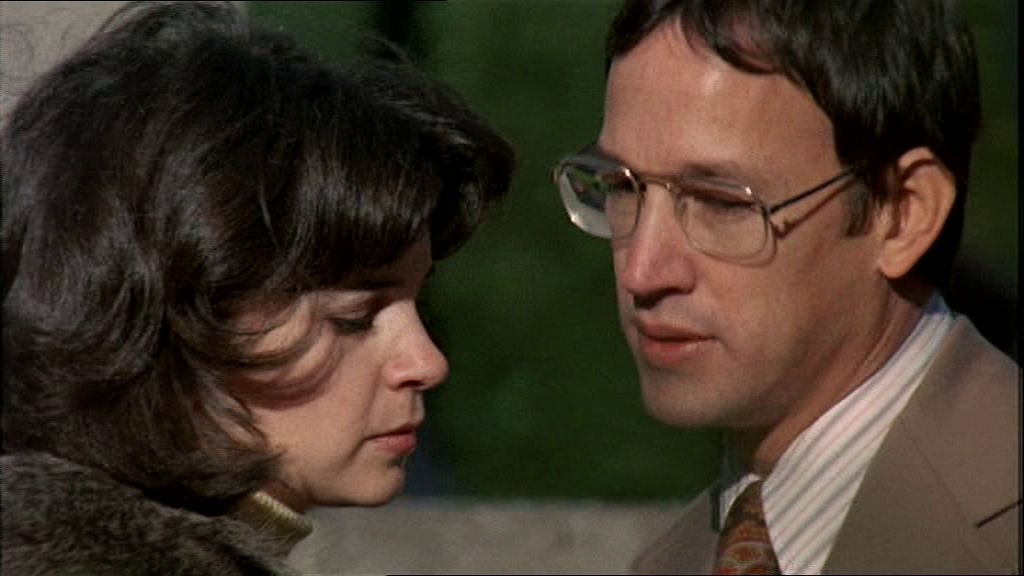

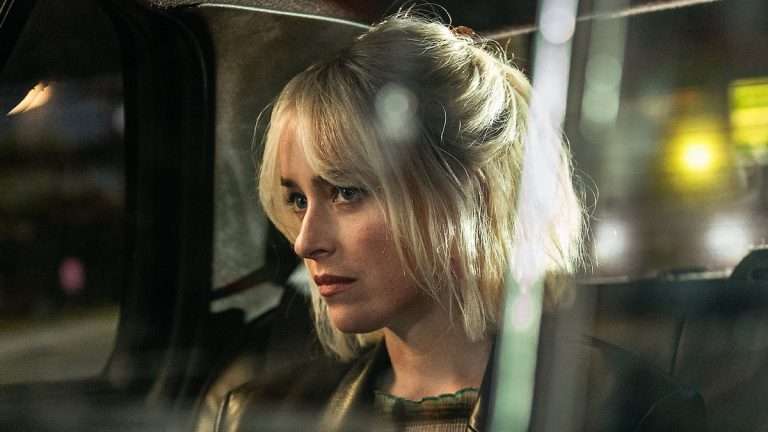

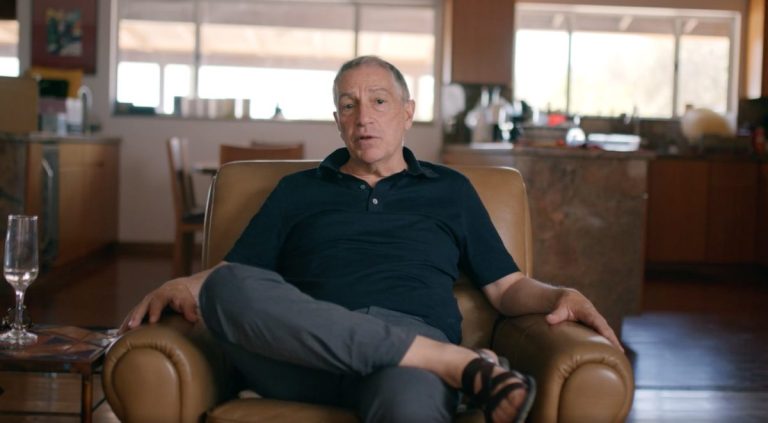
![The Remains of the Day [1993] and The Price of Conscientiousness](https://79468c92.delivery.rocketcdn.me/wp-content/uploads/2022/01/TROTD_3-768x324.jpg)
